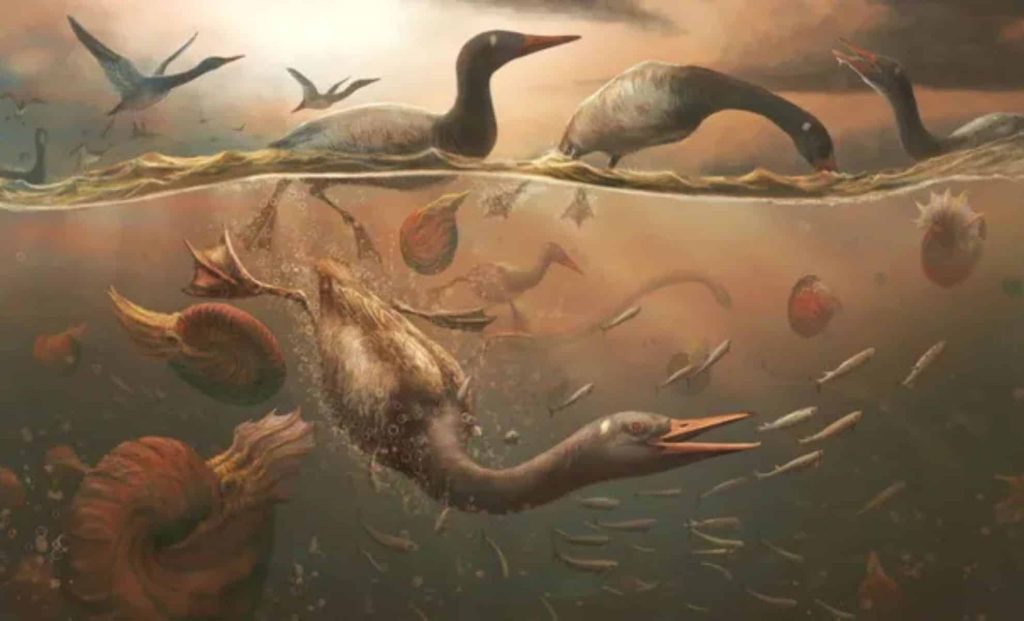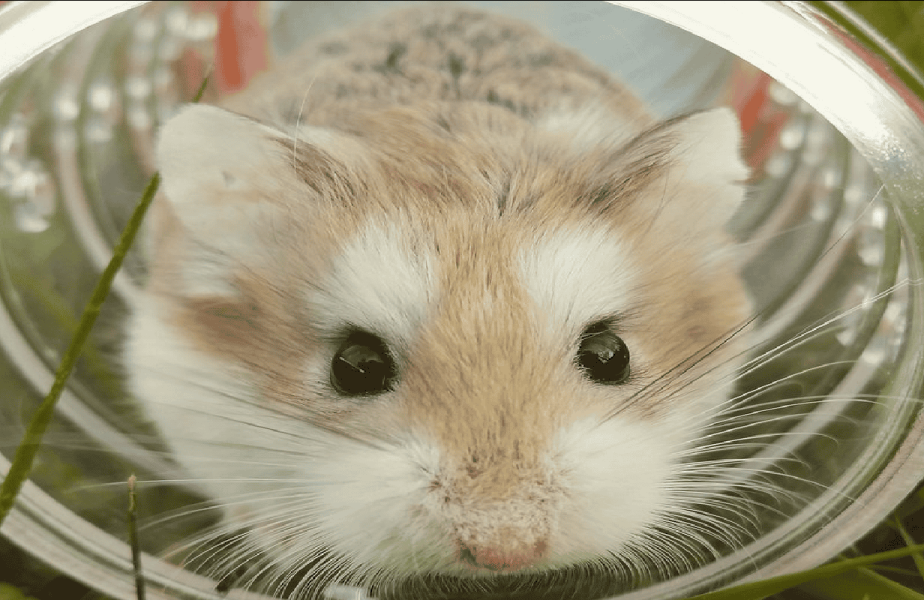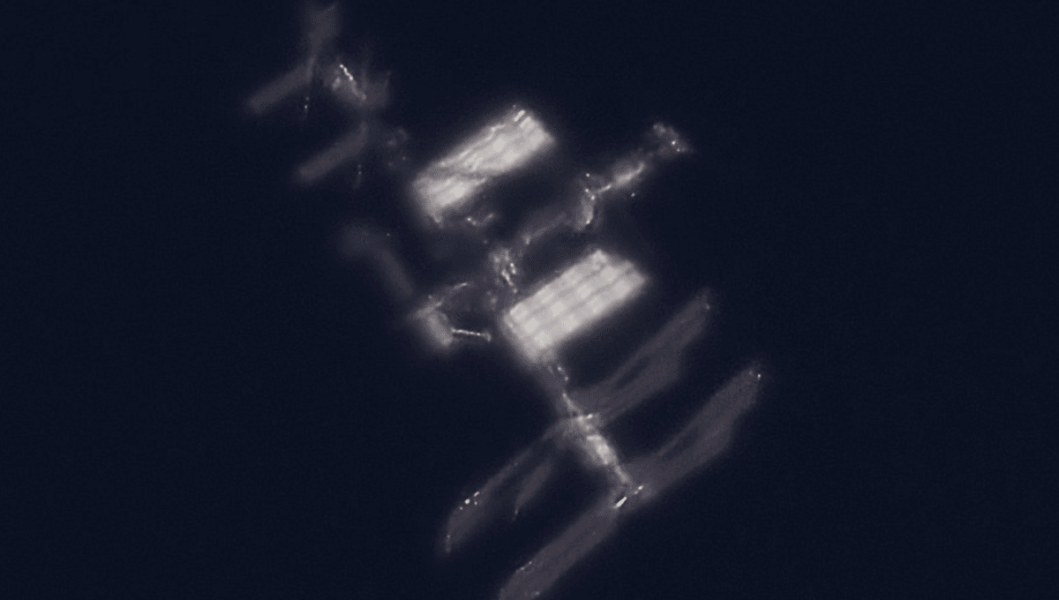Scientists Uncover a 69-Million-Year-Old Bird Skull—Could This Be the Oldest Modern Bird Ever? – The Daily Galaxy –Great Discoveries Channel

A 69-million-year-old fossilized skull found in Antarctica is shaking up the history of bird evolution. The discovery of Vegavis iaai, a prehistoric waterfowl that lived alongside dinosaurs, provides the strongest evidence yet that modern birds began evolving before the mass extinction that wiped out the dinosaurs. But what makes this ancient bird so unique, and how does it fit into the evolutionary puzzle? A 69-million-year-old fossilized skull unearthed in Antarctica could rewrite the history of modern birds. The nearly complete skull belongs to Vegavis iaai, a prehistoric waterfowl species that lived alongside Tyrannosaurus rex at the end of the Cretaceous period. This fossil, found on Vega Island, may provide the most compelling evidence yet that modern birds evolved before the mass extinction event that wiped out the dinosaurs.For decades, scientists debated whether modern birds originated before or after the asteroid impact that ended the age of the dinosaurs. The discovery of Vegavis iaai’s skull supports the theory that at least some modern bird lineages survived the extinction event and continued evolving into the species we see today.The story of Vegavis iaai began in 1992, when paleontologist Julia Clarke of the University of Texas at Austin found the first fossil remains of the species on Vega Island in Antarctica. The initial find, estimated to be 66 to 68 million years old, hinted at a connection to modern waterfowl, but scientists lacked a crucial piece of evidence—the skull. Without a detailed skull, confirming the bird’s evolutionary placement was impossible.More than 20 years later, during a 2011 Antarctic expedition, scientists uncovered a second, more complete Vegavis iaai fossil—including the missing skull. The fossil, estimated to be 68 to 69 million years old, was only recently analyzed, and the results, published in Nature, reveal a clear link to modern birds.“[The initial fossil] was just a completely different part of the skeleton. And when it comes to birds, the skull has a lot of phylogenetic or informative characteristics that tell you what it is,” said Patrick O’Connor, an evolutionary biologist at Ohio University and co-author of the study.Using 3D digital reconstruction techniques, researchers examined the skull in unprecedented detail. They discovered that Vegavis iaai’s beak, brain structure, and jaw muscles closely resemble those of modern diving birds. Unlike older, more primitive avian species, Vegavis had a beak composed mostly of the pre-maxilla bone, a defining trait of modern birds. This feature is absent in pre-modern birds from the Jurassic and Cretaceous periods, suggesting that Vegavis iaai was a true evolutionary link between ancient and modern birds.The mass extinction at the end of the Cretaceous period (66 million years ago) wiped out all non-avian dinosaurs, along with many other species. However, certain bird groups, including early landfowls (Galliformes) and waterfowls (Anseriformes), survived. The discovery of Vegavis iaai supports the idea that some modern bird ancestors were already diverging before the mass extinction, which may explain their survival.One key factor in Vegavis iaai’s survival may have been its habitat and diet. During the late Cretaceous, Antarctica was much warmer than it is today, covered in forests and teeming with life. Being far from the asteroid impact site may have also helped Antarctic species like Vegavis avoid the worst environmental consequences of the disaster.Christopher Torres, a paleontologist at The University of the Pacific and co-author of the study, highlighted the significance of the find. “Seeing how specialized the skull was, for me, the most impactful,” he said. “It was surprising to see an incredibly niche ecological feature so early in the evolution.”The findings align with genomic studies of modern birds, which suggest that the earliest bird species diverged before the mass extinction event. However, fossil evidence supporting this theory has been scarce, making Vegavis iaai an essential piece of the puzzle.While the evidence strongly supports Vegavis iaai as an ancestor of modern waterfowl, not all scientists are convinced it fits neatly into the duck family tree.Paleontologist Daniel Ksepka from the Bruce Museum in Connecticut, who was not involved in the study, described Vegavis iaai as “a bit of an odd duck”. He noted that if the phylogeny (evolutionary history) of the bird is correct, then its bill must have either evolved earlier in the Cretaceous and was later lost by Vegavis, or it evolved multiple times in separate bird lineages.These uncertainties highlight just how complex bird evolution was during the time of the dinosaurs. Vegavis iaai may be just one of many undiscovered bird species that survived the end-Cretaceous mass extinction. Future fossil discoveries could help scientists confirm whether Vegavis truly belongs in the modern waterfowl lineage or if it was an evolutionary outlier that ultimately went extinct.The discovery of Vegavis iaai offers exciting new insights into how birds evolved during the age of the dinosaurs. It suggests that key adaptations—such as modern beak structure, brain organization, and feeding behavior—may have appeared much earlier than previously thought.Beyond birds, this study is just the beginning of uncovering what other life forms thrived in Antarctica before and after the asteroid impact. As study co-author Patrick O’Connor noted, “The bird story is great, but we have other groups of animals, and, importantly, plants, that we can track through that mass extinction event that really let us get a better handle on ecosystem response to a global environmental perturbation.”With Antarctica’s harsh conditions making fossil exploration challenging, many more secrets about the origins of modern birds could still be buried beneath its ice. As new discoveries emerge, the story of bird evolution is far from complete—and Vegavis iaai may just be the first chapter in a much larger tale.Got a reaction? Share your thoughts in the commentsEnjoyed this article? Subscribe to our free newsletter for engaging stories, exclusive content, and the latest news.Comment Save my name, email, and website in this browser for the next time I comment.
© 2024 | Daily Galaxy | All rights reserved
Source: https://dailygalaxy.com/2025/02/69-million-year-old-bird-skull-oldest-bird/





